Morphology
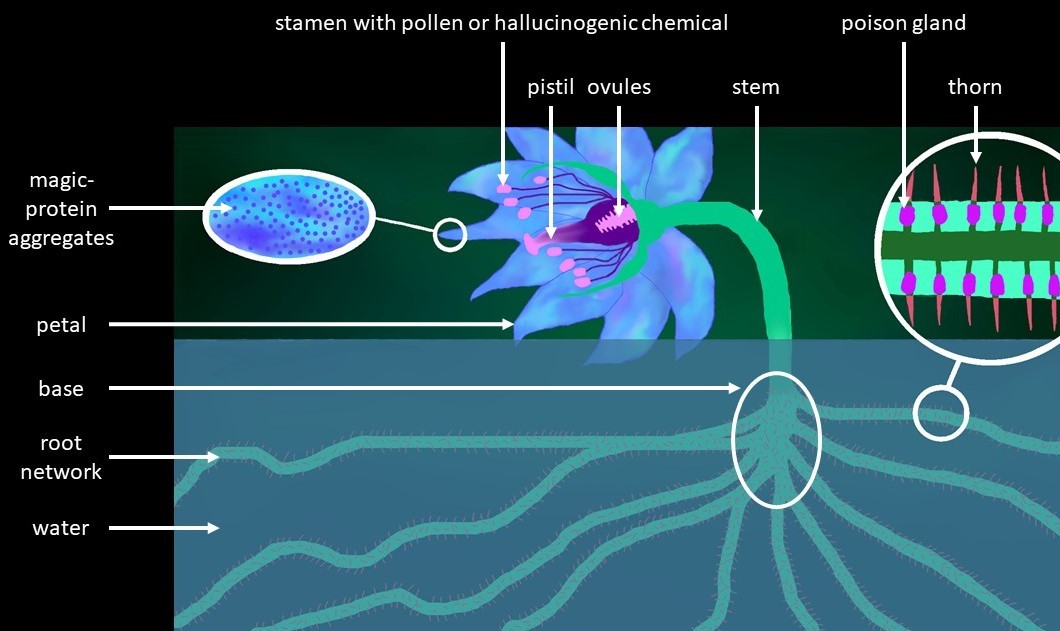
Alyssenne flower, by AmélieIS

A petal, by AmélieIS
The plant is characterised by its one big, colourful flower that averages
5 to 10 centimetres—the size of a hand. The petals are considered by most to be a beautiful colour, a mix of turquoise, blue and purple. The colour is due to aggregates of proteins that bind magical particles. Each flower has a unique mixture of colours, forming patterns that distinguish them from each other. There are between 20 to 40 petals arranged in three rows, giving the flower a radial symmetry.
The flowers are perennial and never fade. When damaged, the plants can regrow their flowers. However, since they are an essential part of their culture, they hate showing themselves in that state and this puts them in an even more terrible and aggressive mood than usual.
The stamens are a mixture of light pink and purple, and they contain either pollen or chemicals that are hallucinogenic to humans and animals. While the pollen is only released through contact, the chemicals are projected in the air and magic helps them drift over long distances.
The plant floats in water and is fully mobile. It has a short stem that is attached to an enormous network of roots, and it controls both thanks to the magic-protein aggregates located at its base. Each of the roots is hundreds of meters long, and the plant uses them either as paddles or as feet to "walk" if its pond is shallow enough. It can also use them to grab an anchor and project itself forwards. The roots are a bright green and become fluorescent after a magic-filled meal. Thin, red thorns cover them, each containing glands filled with poison.
The plants are sentient. They do not have a brain, but the magic-protein aggregates carry a similar function. Thus, after being partially destroyed, plants can grow back from only the flower or the base of the stem—but not from both at the same time.
I don't care that the Alyssennes and Lyriennes are the only ones who can study them from up close, there's no way those cursed flowers are immortal! They won't have us believe the first flowers are still lying around in the forest after five millennia. We humans are immortal too in theory, but you'd never see anyone older than a few centuries walking around. I tell you, all of those flowers end up in the stomach of sea creatures sooner or later.— Delusional mages trying to reassure themselves
Senses and carnivory
Alyssenne flowers can feel vibrations through their roots and detect chemicals in the water and air. This allows them to recognise both the approach of their prey and other flowers' unique scents. In addition to sentience, the magic-protein aggregates contained in their petals give them a sense of sight and hearing—with the plants able to understand human languages despite not having been previously exposed to them. Plants with damaged flowers and seedlings without a proper flower have diminished senses and are vulnerable.
The hallucinogenic chemicals in the flowers' stamens are a cocktail of volatile neurotoxins relaxing the muscles, hampering logical reasoning, inducing olfactory hallucinations of extremely pleasant smells, and paralysing the region of the brain responsible for magic control. This incites the prey to come closer. Once they are within range, it is too late.
The flowers' roots are extremely fast and agile, allowing the plants to grab and drag their prey towards them. The thorns present on the roots pierce skin, and the poison glands inject their content inside the prey. The pain this causes overwhelms the effect of the neurotoxins. However, it also attacks the magic and the nerves of the prey and paralyses them. Then it attracts the magic towards the roots like a magnet so that the plant can suck it out. The prey are in excruciating pain and fully conscious of what is happening to them when they finally die of magic loss.
The flowers' favourite prey are the gigantic sea creatures that still come to the Black Forest. If not available, they eat all animals living in the forest and any human venturing there.

Neurotoxins, by AmélieIS
- They smell so good… I have to see them...
- Stop Maurice!— Someone about to be eaten
Society
Communication and etiquette
I just saw this flower go "NAM!" and disappear with Carole! She only said it's not as pretty as she thought it'd be!— Innocent bystander Toblin
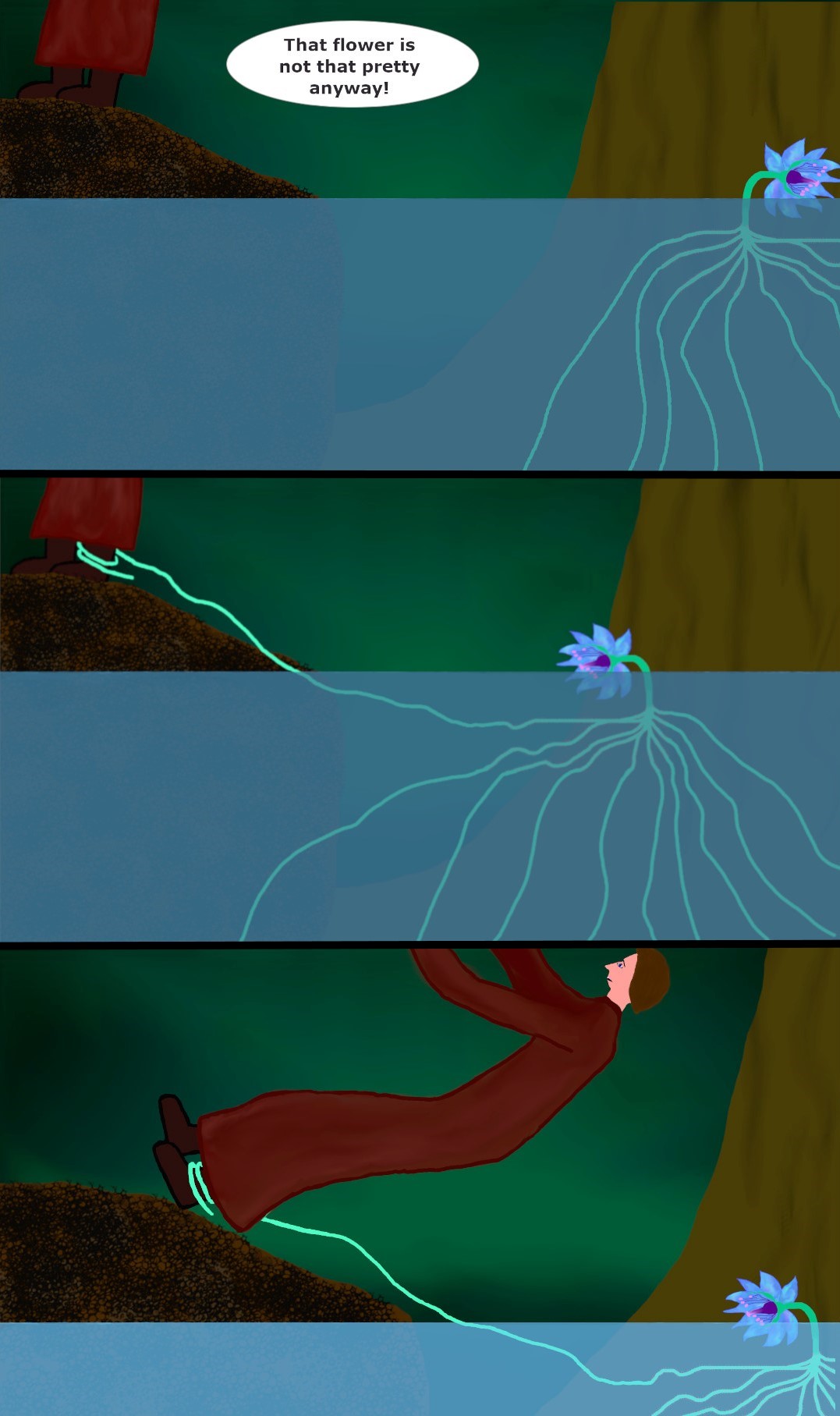
Revenge, by AmélieIS
Alyssenne flowers communicate together by touching each other's roots and exchanging a special kind of neurotransmitters carrying magic and allowing for the transmission of complex messages. Thus, they have an elaborate social life.
The flowers have a particular way of entering other family groups' territories. They stand on the border and inch a root over it while also releasing a small amount of their hallucinogenic chemicals in the water—if the amount is not small enough, this is perceived as a challenge or even a mortal offence. The flowers owning the territory come to inspect the newcomers and decide if they grant them right of passage or not. Some flowers make the round of their congeners' territories without coming inside. They only touch each other's roots, probably to exchange news and gossip, before leaving.
The flowers always know when they are being disrespected, and they do not like it at all. Whether the culprits are humans, animals, or other flowers, any such action is met with swift retribution. The flowers have even been known to draw out the torments of particularly disagreeable prey for hours.
A local species of praying mantis has evolved to camouflage themselves as Alyssenne flowers. The flowers find this highly insulted and kill them on sight.
As the flower is extremely important for the plant's social life and they only have one each, they are extremely protective of it. Damaging a petal is a mortal offence, even in otherwise allied plants.
Courtship and reproduction
The hallucinogenic chemical giving the Alyssenne flowers their scent is not for attracting pollinators. As the flowers are sentient, they are not dependent on passive mechanisms to reproduce—in fact, out of spite they eat any pollinators that come close enough, including insects despite them not belonging to their normal diet. Instead, colour and scent are courtship mechanisms devised to attract other flowers' attention and seduce them by showing off their predation abilities. Indeed, those elements depend on the amount of magic a flower is able to obtain from its meals. Each flower has its own preference in the colours and patterns of potential mates' petals and in their scent.
The plants do not self-pollinate. They are polygamous but only reproduce together two at a time. Once plants have decided to mate, they rub their flowers together to put their stamens and pistils in contact. Both plants are pollinated simultaneously and will produce offspring. They do not lose their petals after pollination. The pistil slowly transforms into a follicle, a small, dark blue, nut-like fruit with a hard covering. It contains two to three seeds. The incubation period takes 12 full months, after which the follicle opens by dehiscing to release its seeds into the surrounding water. The pistil then regenerates.
Flowers reproduce on average once every fifty years, always in spring. The entire community is very protective of "pregnant" flowers and catching sight of one is extremely difficult and almost always deadly. Pregnant plants do not hunt, instead the other flowers in their group bring them their catch. If the pregnant flowers do not have non-pregnant partners available, any nearby flowers from other family groups assist them instead. If a fruit and its seeds are damaged before their full maturation, the lost children are mourned by the whole community.
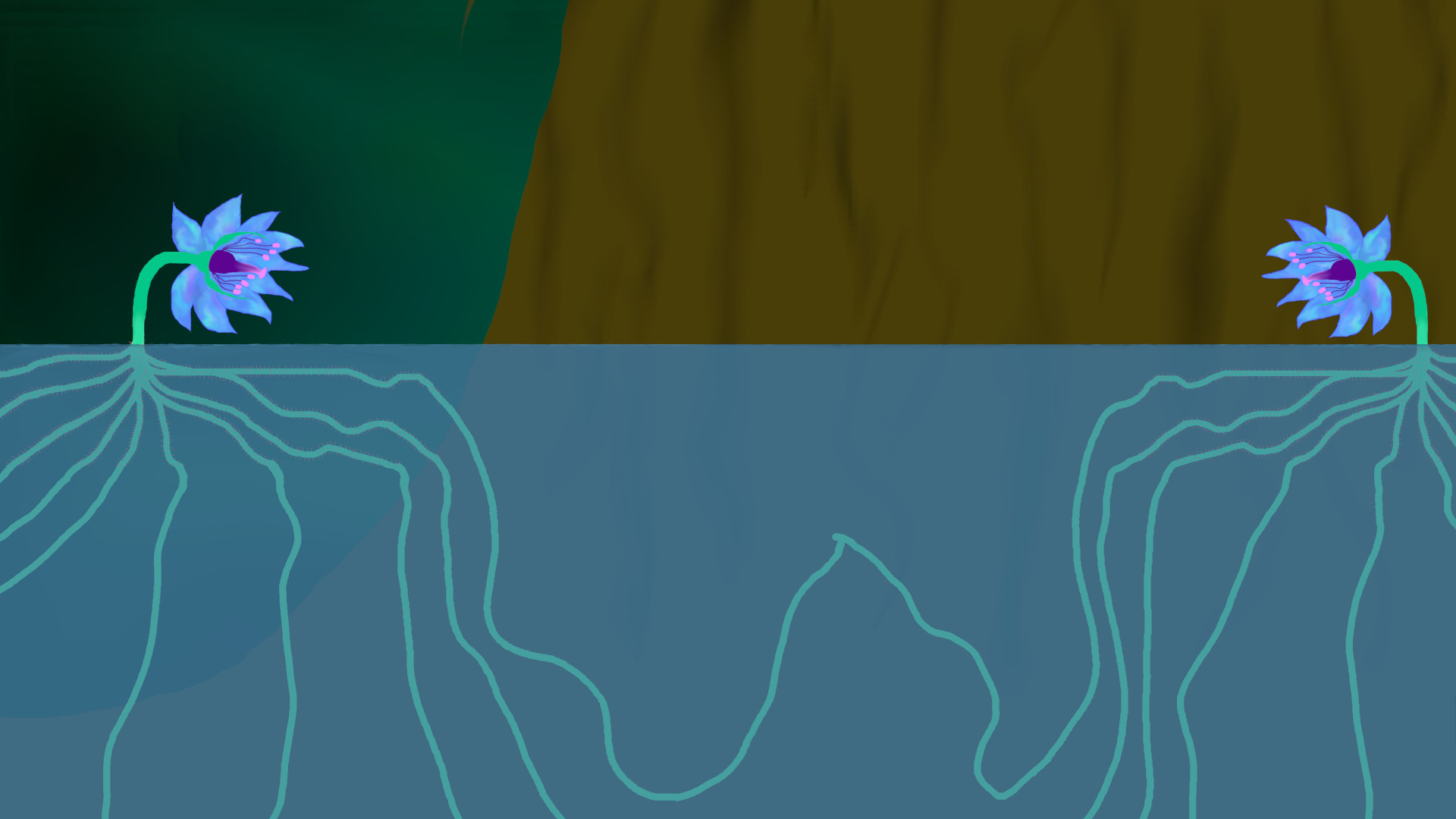
First contact, by AmélieIS
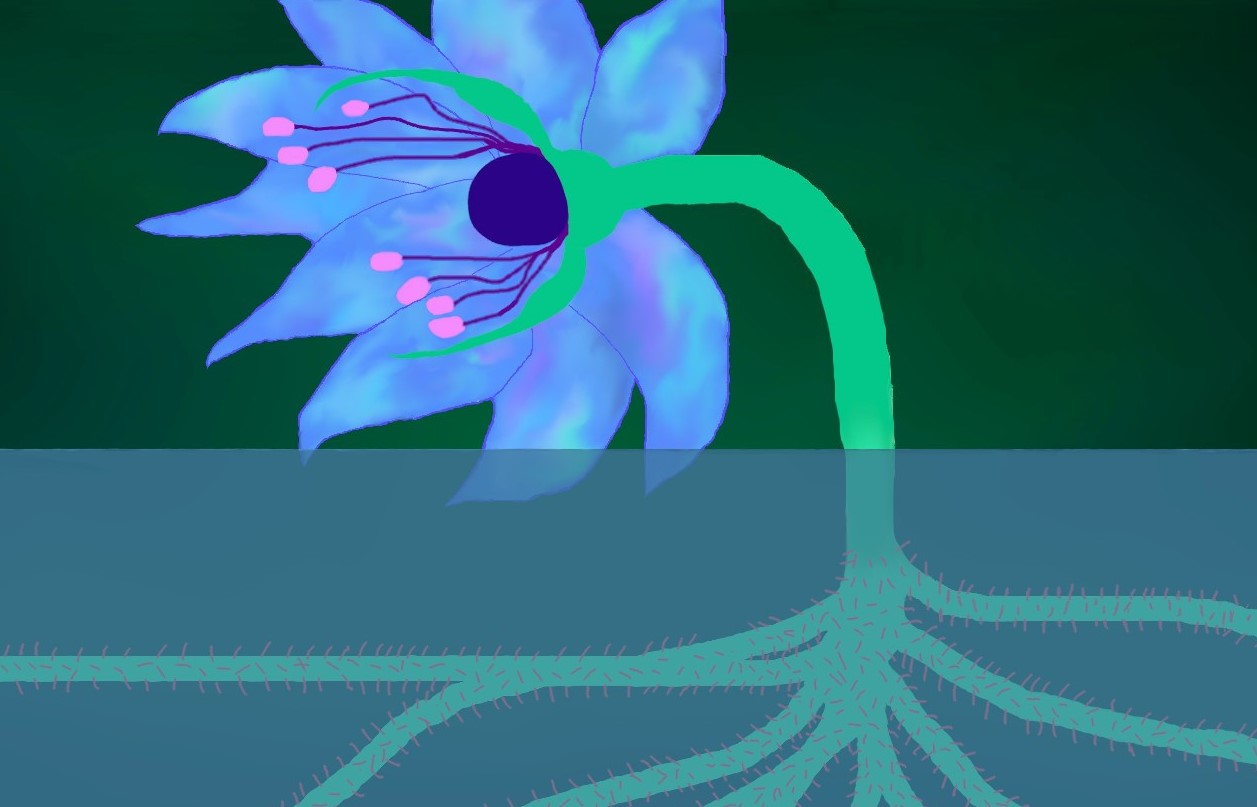
Fruit-bearing, by AmélieIS
Seedlings and family groups
Once dropped into the water, seeds immediately germinate with no dormancy period. Seedlings grow their roots first. It takes a year for them to be able to catch small prey. In the meantime, the parents bring food directly to their roots, first animal corpses then after six months live prey. After a year, they start to grow a stem and the beginning of a flower bud. The flowers bloom when they are five years old, and this event results in all nearby plants visiting to admire the new petals. Younglings have dimmer petals than adults, and they get progressively brighter in the following years, until they reach full maturity at ten years old.
Alyssenne flowers live together in small groups of partnered flowers and their offspring. Seedlings stay with their parents for ten years, after which young plants live together in roaming bands. Once they find partners, they settle into their own territory. Mated flowers stay together long after pollination. They all "hold roots" together and only separate briefly for hunting.

Family group, by AmélieIS
Look how cute they are, all holding roots together!— Someone about to be eaten
Uses
Alyssenne flowers still fulfil their initial purpose by killing all sea creatures invading the Black Forest, thus keeping the Estate safe.
Someone attempting to collect a flower's poison or to send one to a person they wish to kill is enough to make the plants attack. The flowers are
not happy about people harming them to harvest them for crafting. The strength of their magic ensures a trace of sentience is left in it after their death. Their spite for the people who killed them would disrupt the magic of any
craft in an undoubtedly deadly manner.
If the Alyssennes wish to dispose of enemies, they send them a
location pentagrams keyed to a place in the middle of the Black Forest warded to prevent anyone leaving with another location pentagram. The Alyssennes have an observatory in their manor that allows them to spy on anyone in their Estate. They use it to observe their enemies stumbling through the forest and watch their eventual demise at the flowers' roots.

Small snack, by AmélieIs with Flickr
- I've heard that the flowers have helped an Alyssenne who was being attacked!
- What? Are you sure they did not just want a snack?
- No, they left only the Alyssenne unharmed. I'm sure they remember who created them and keep some affection for them!
- And I suppose that the Alyssenne in question is not speaking about "such strategic information"?— Gossiping nobles
Cultural impact

Emblem of House Alyssenne, by AmélieIS
Alyssenne flowers are known by everyone in the empire and have always been so closely associated with House Alyssenne that they have made them their emblem.
The Alyssennes' ballroom is also famous. Its floor is a clear, see-through crystal under which is a deep pool of water. A population of Alyssenne flowers floats inside it, showing off their beautiful colours to the imperial nobility. However, if guests are particularly rowdy, the Alyssennes can temporarily dissolve the floor under their feet to let them fall below and become food for the flowers.
Don't be rude with the Alyssennes, they're just as umbrageous as their flowers!— Proverb

Annabelle Alyssenne and Véridice Lyrienne during her Courtship Rituals by AmélieIS



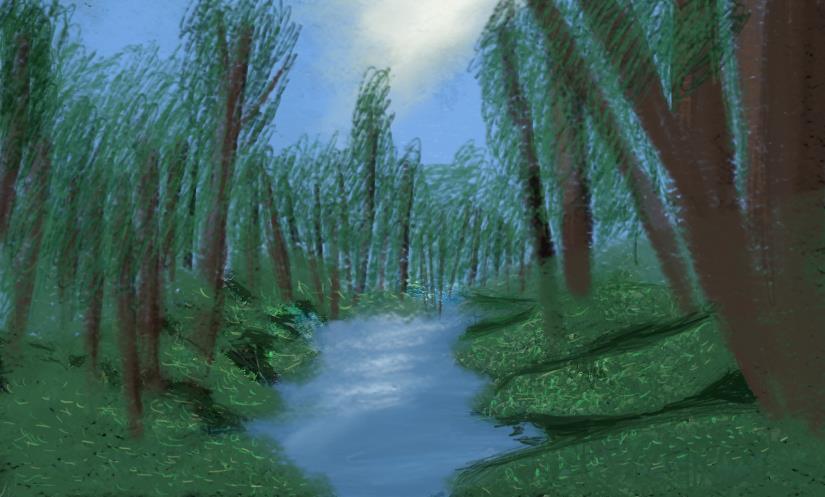




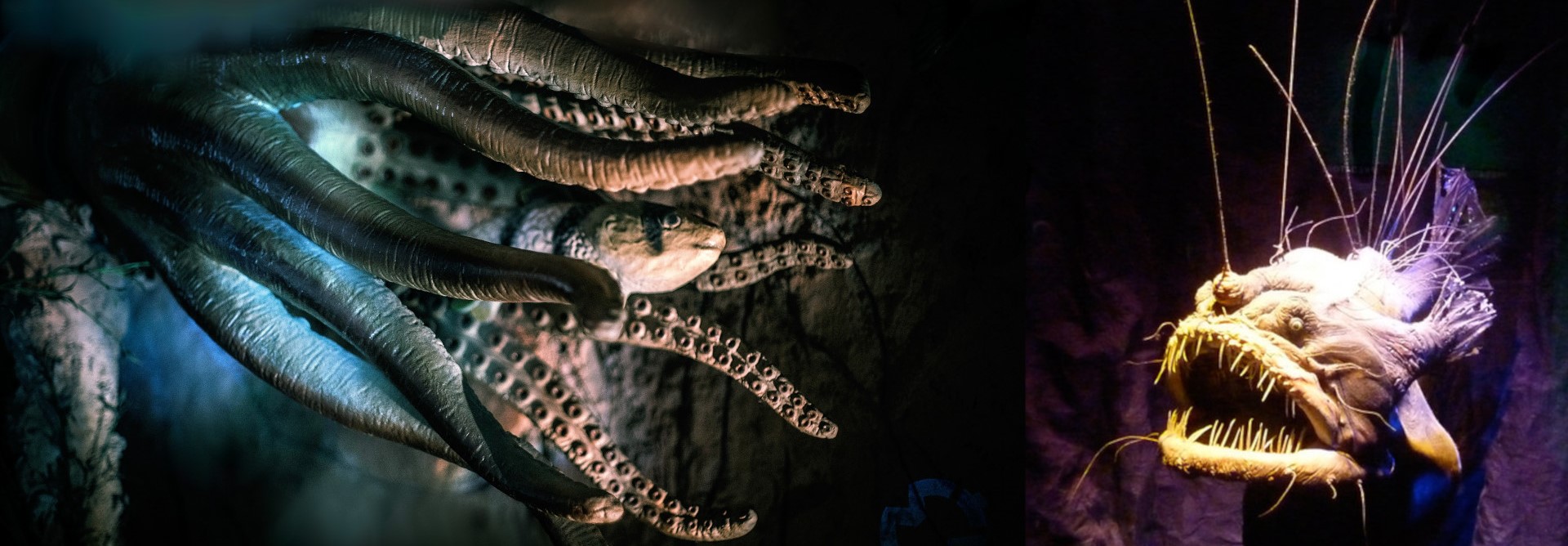










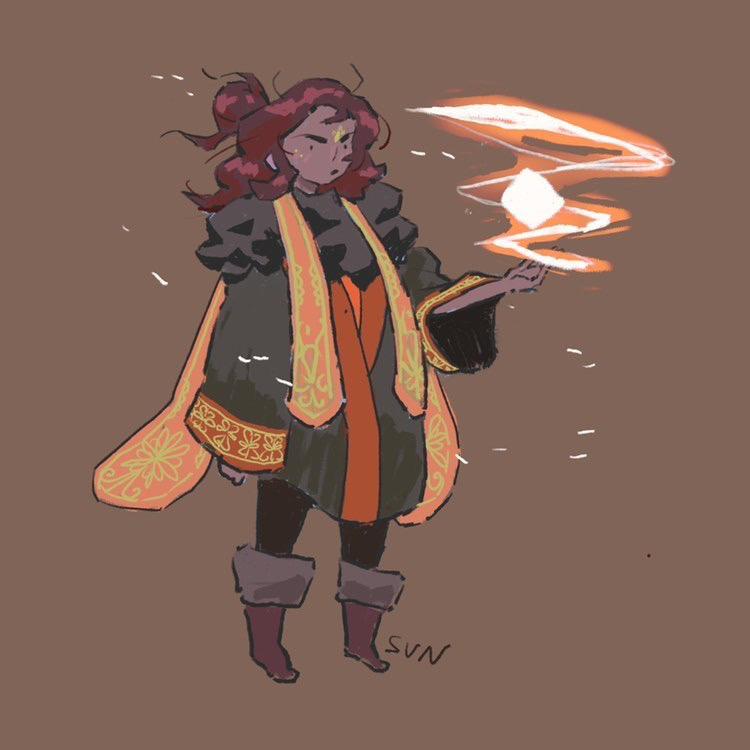
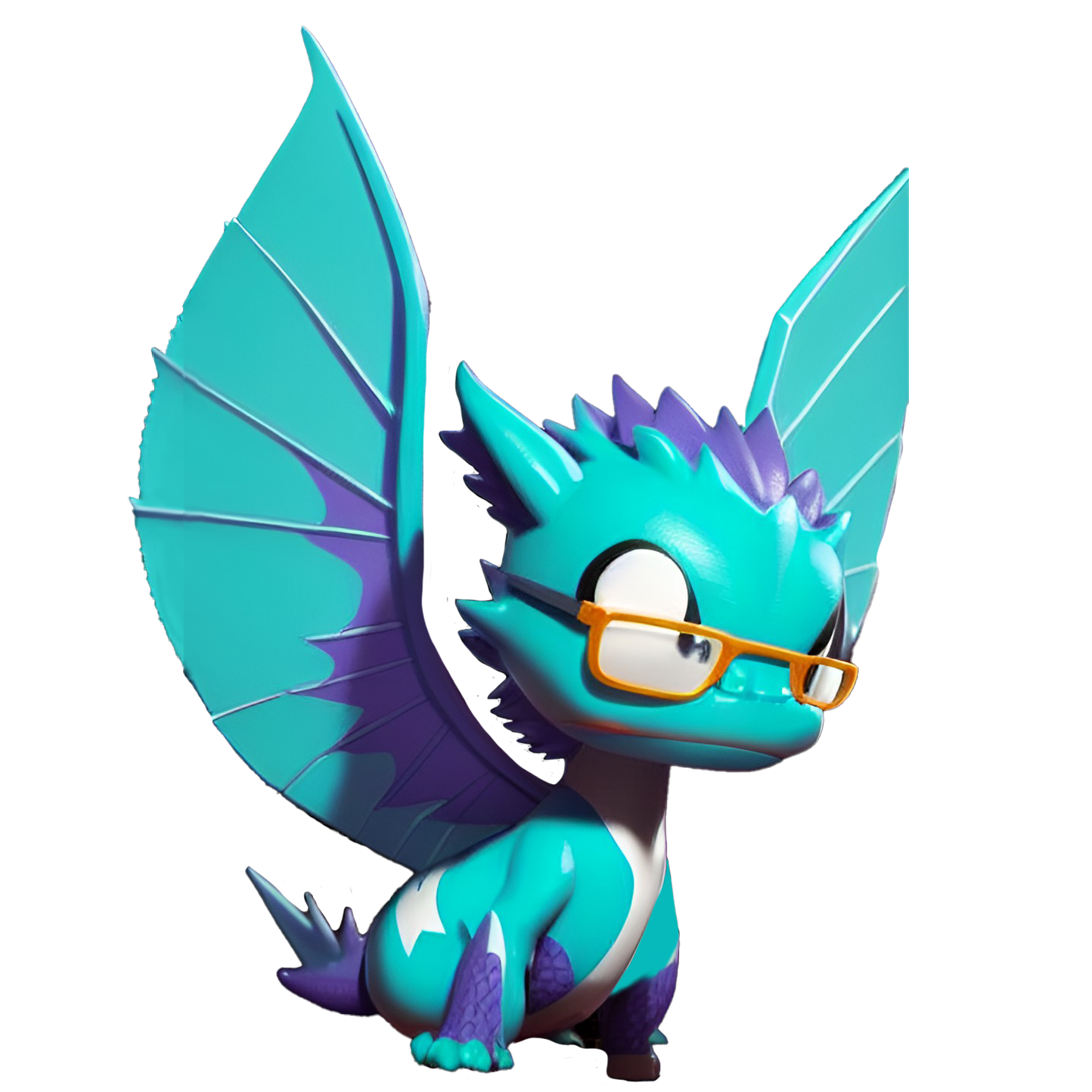
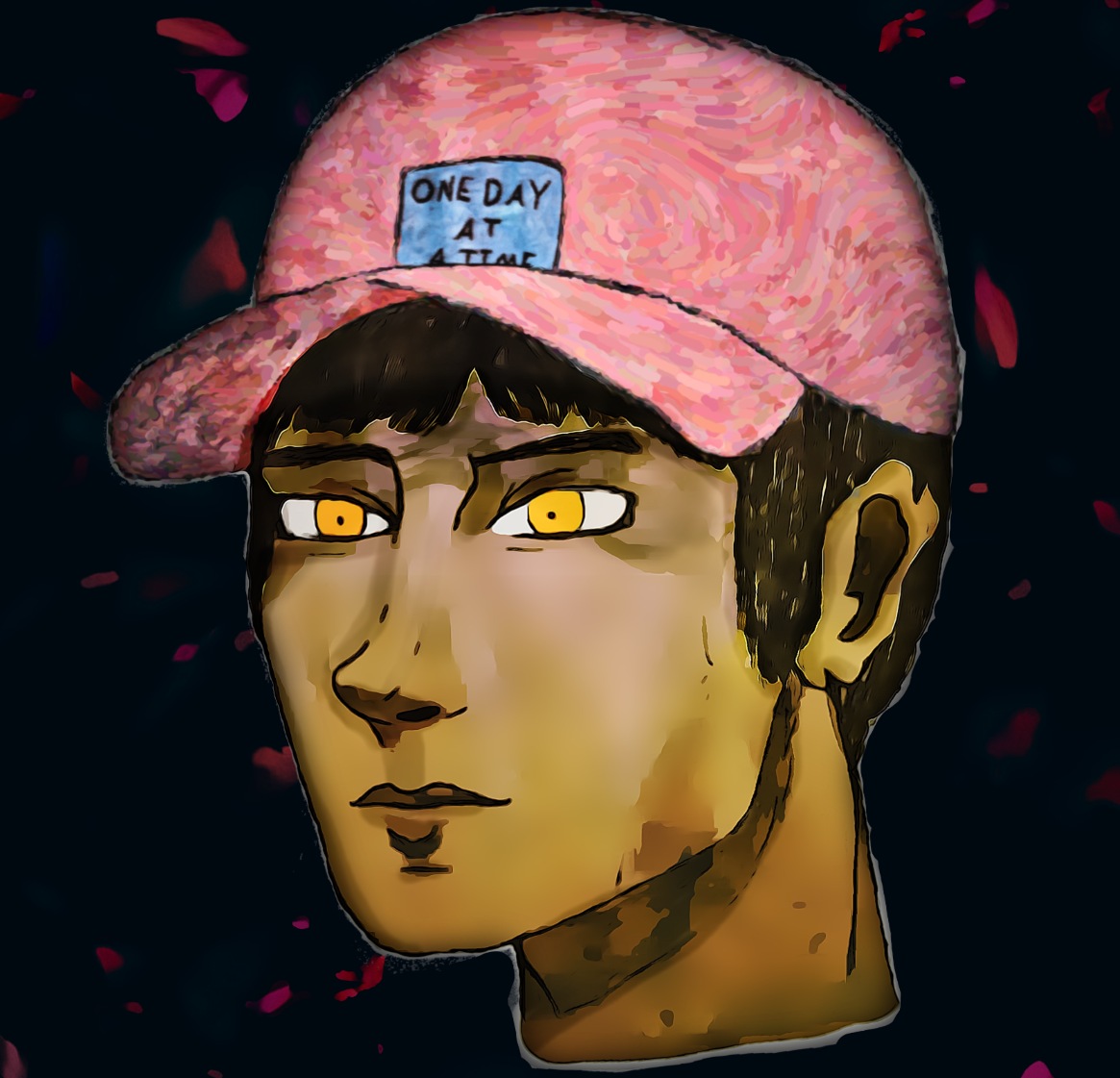
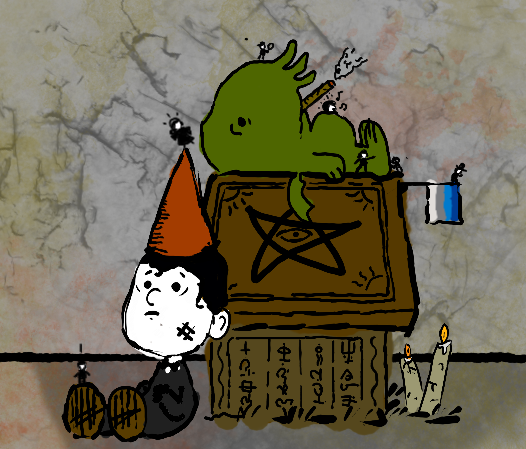



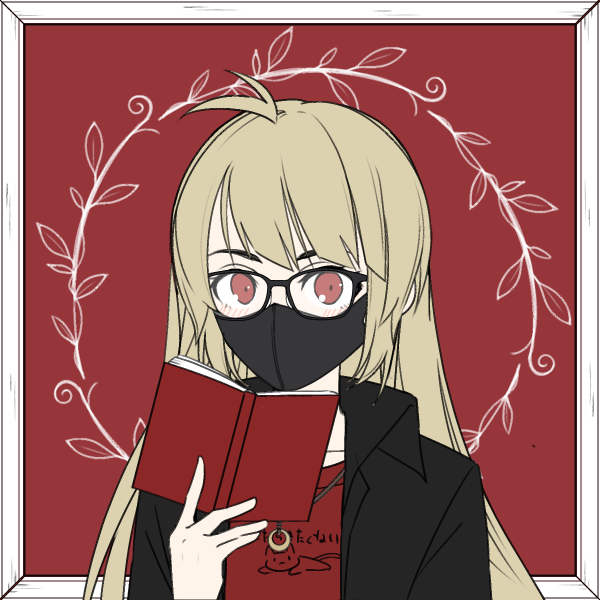
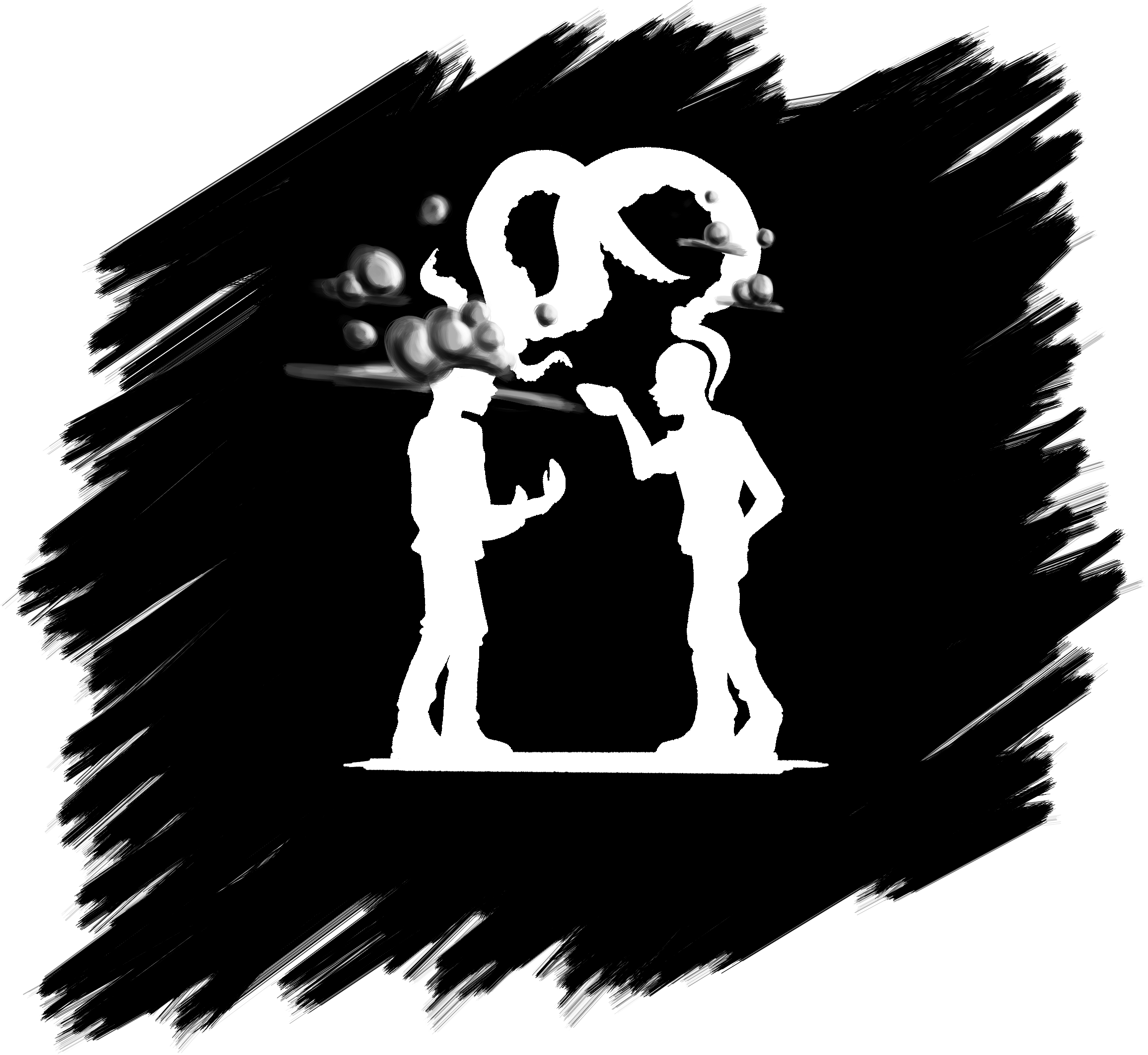
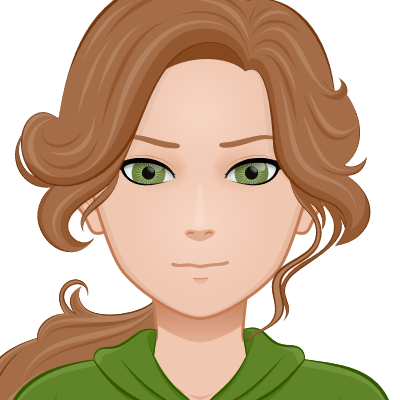






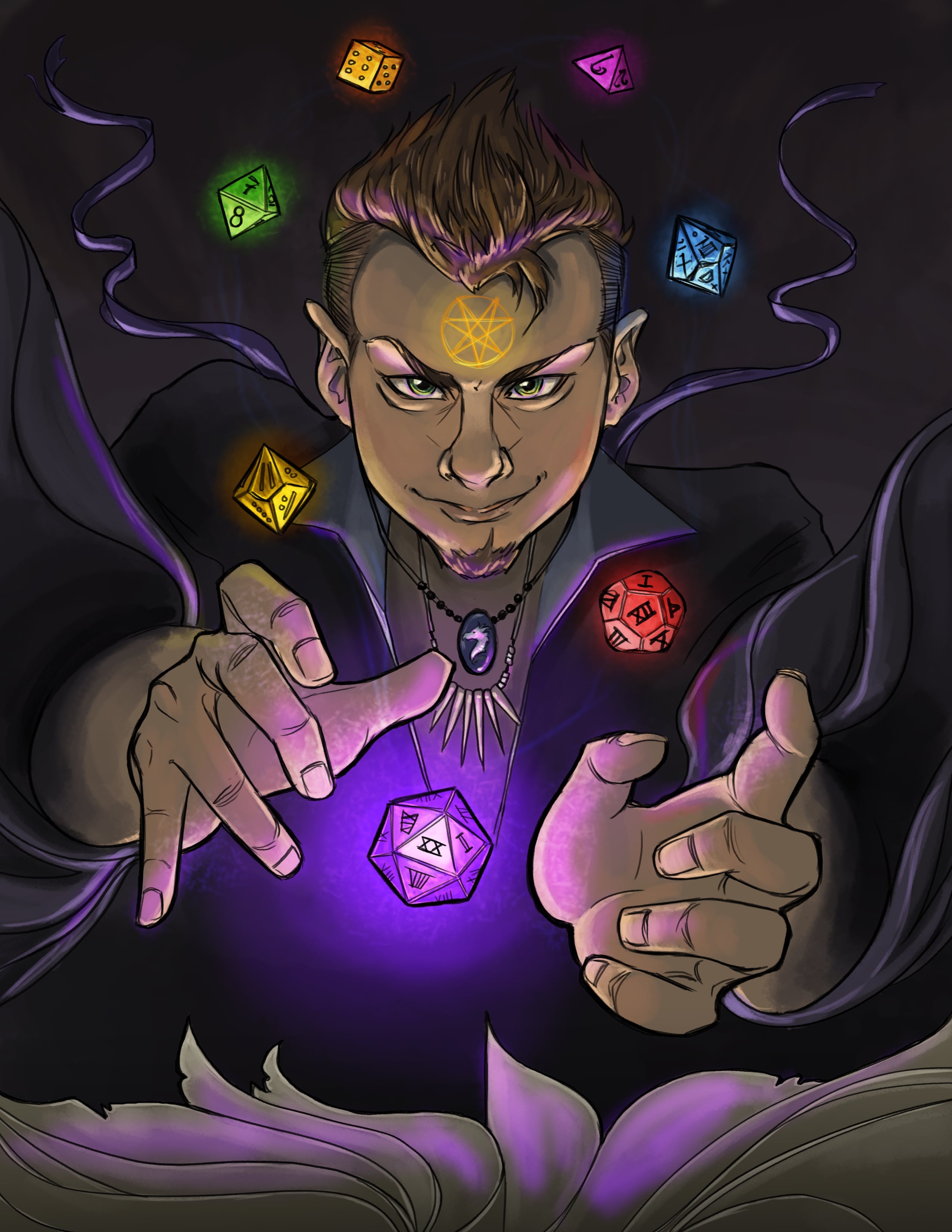
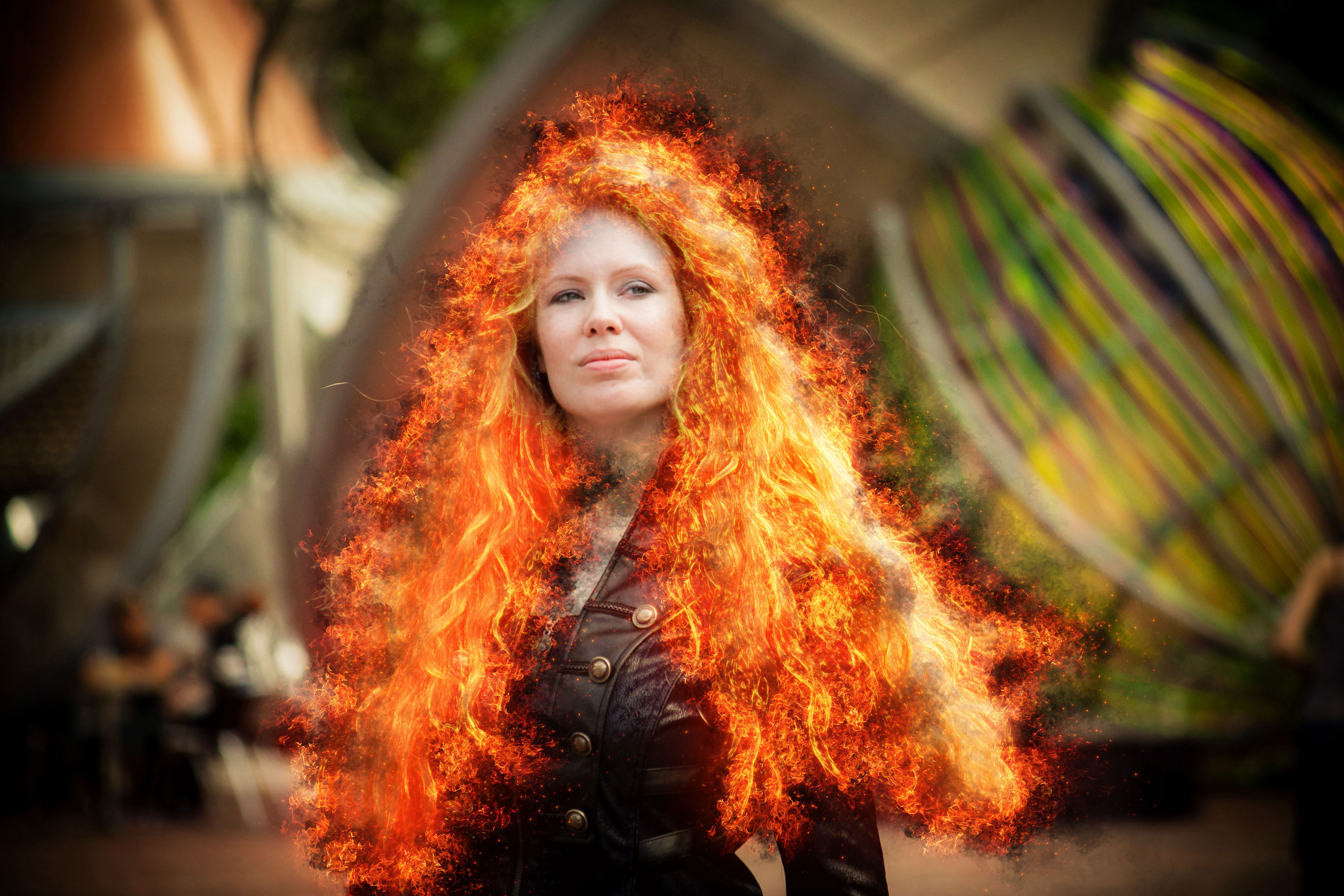


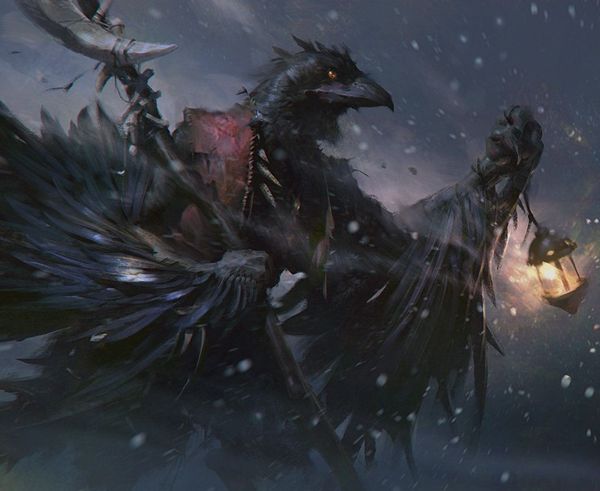


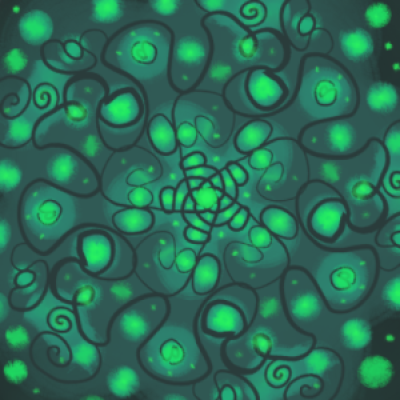

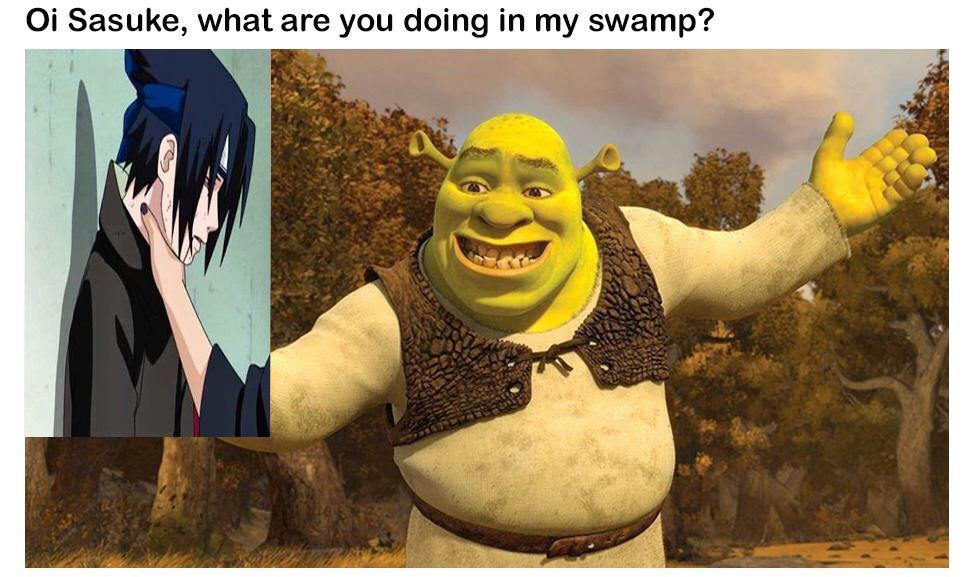
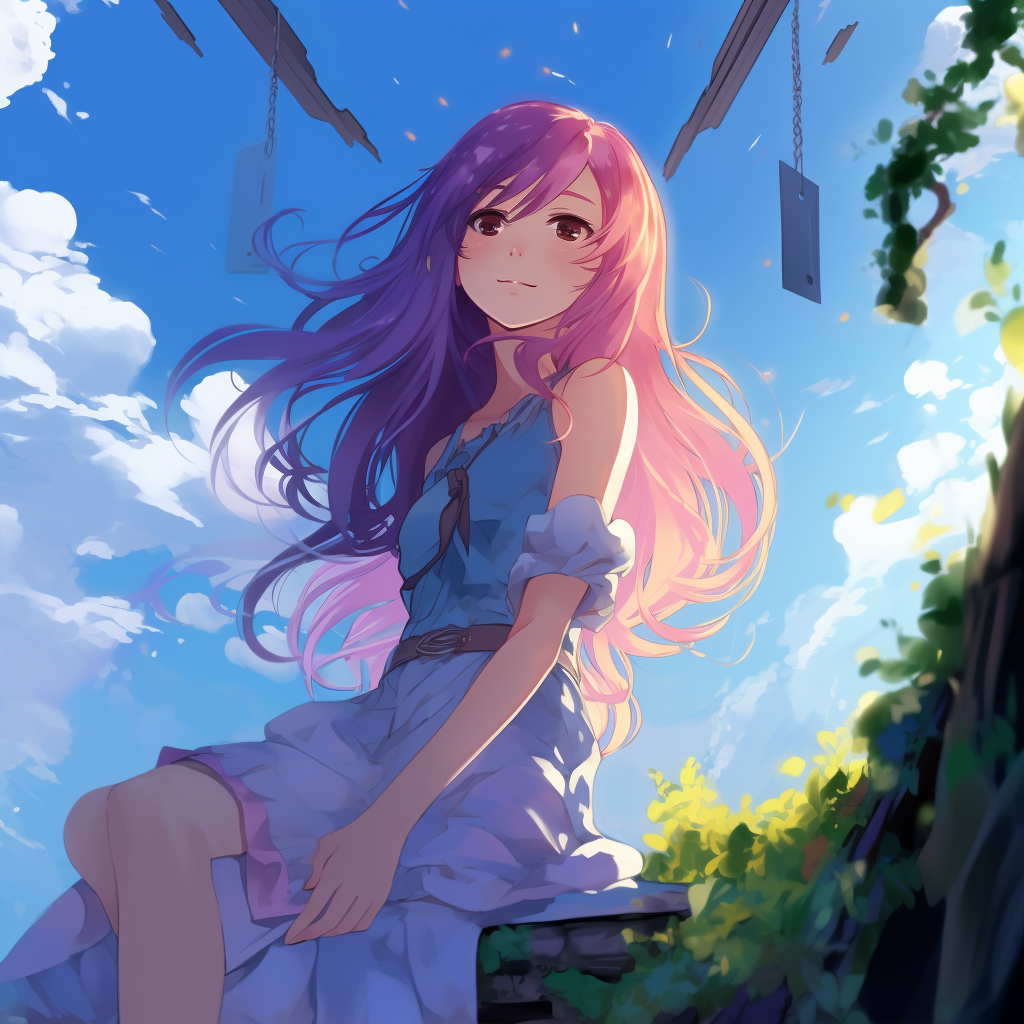

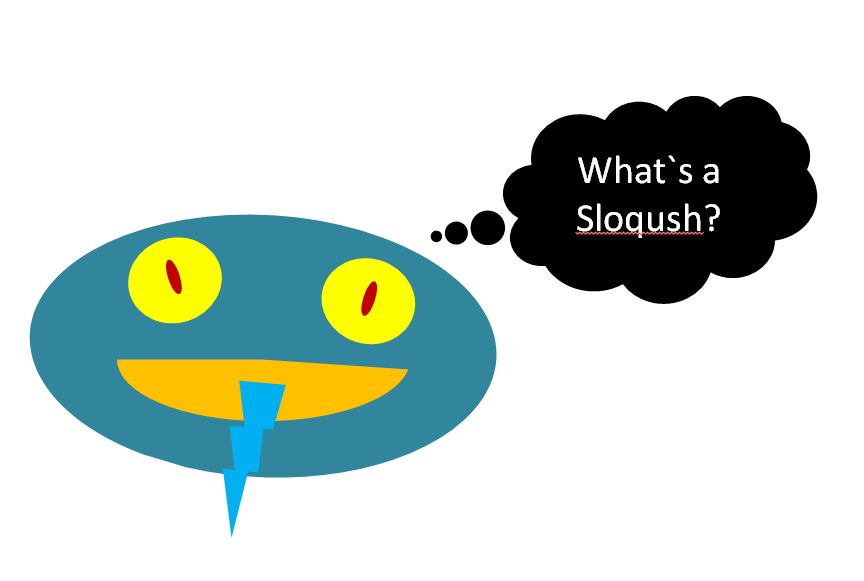

Absolutely loving the artwork you've done for this article! Plants having family groups is such a cool concept--great job! <3
You are doing a great job! Keep creating; I believe in you!
Luridity: Where love is love and life is lived. Contains NSFW content.
Now with serialized fiction on Ream!!
Thanks :D